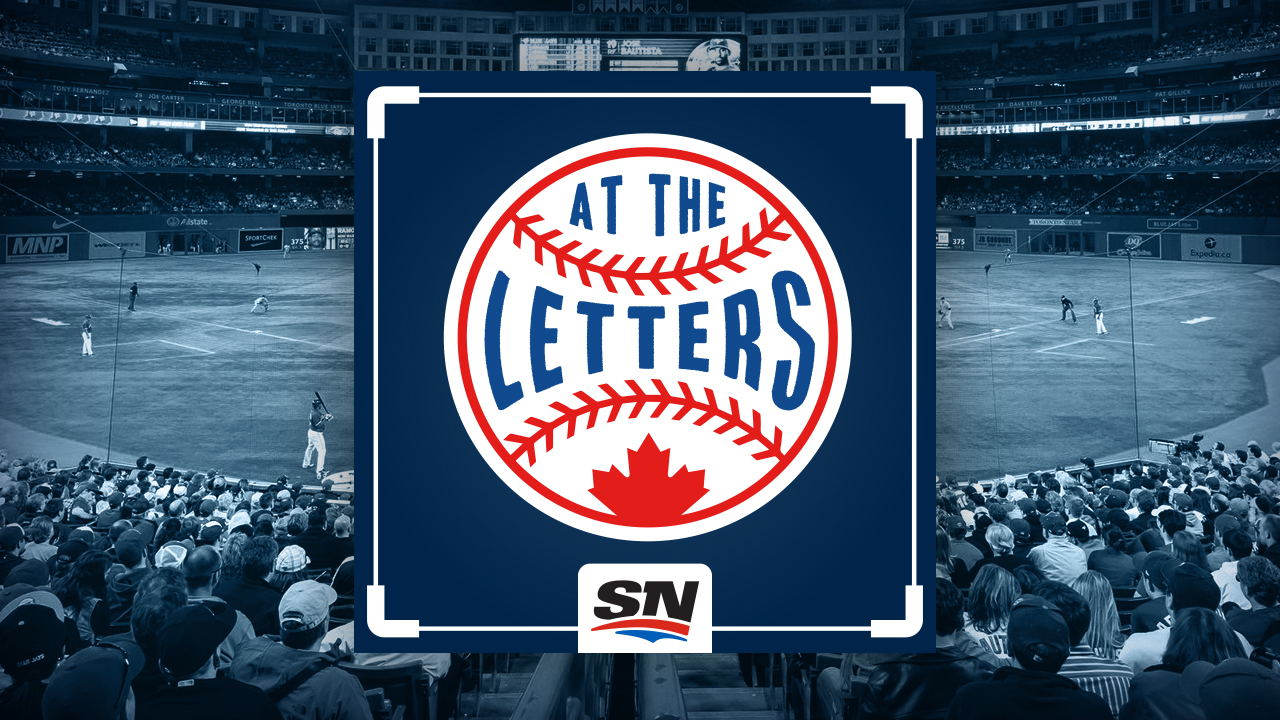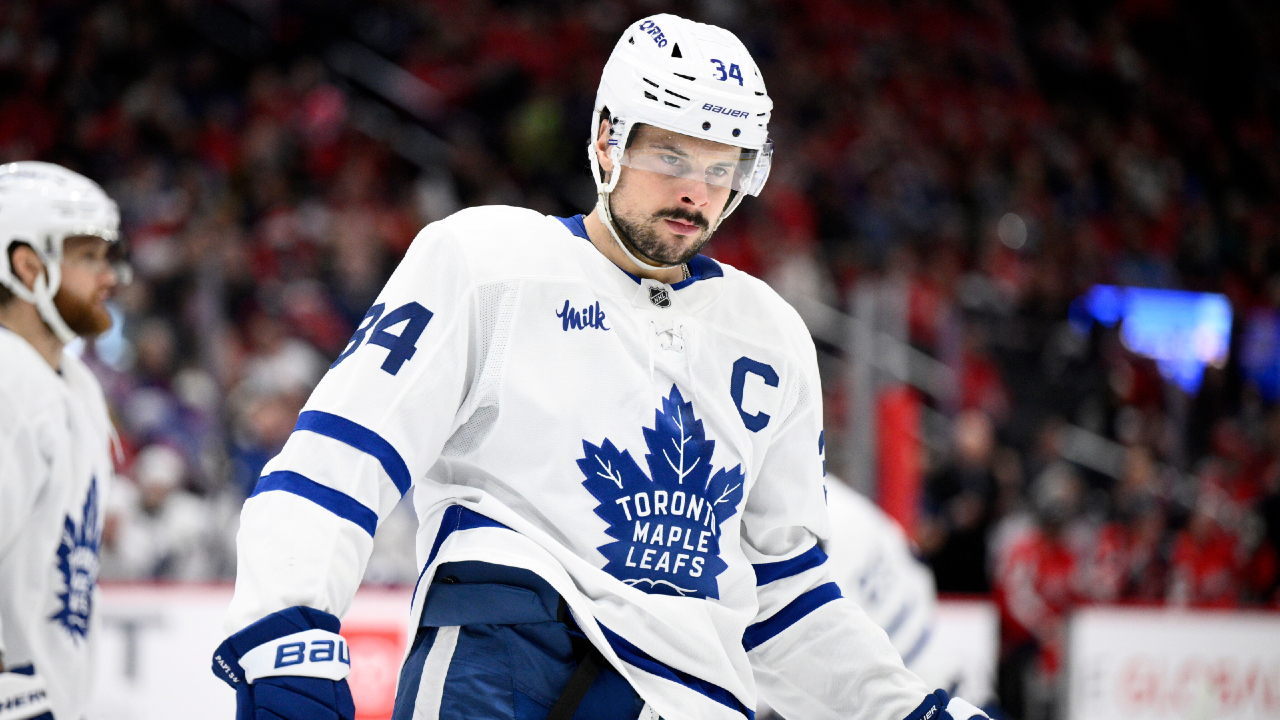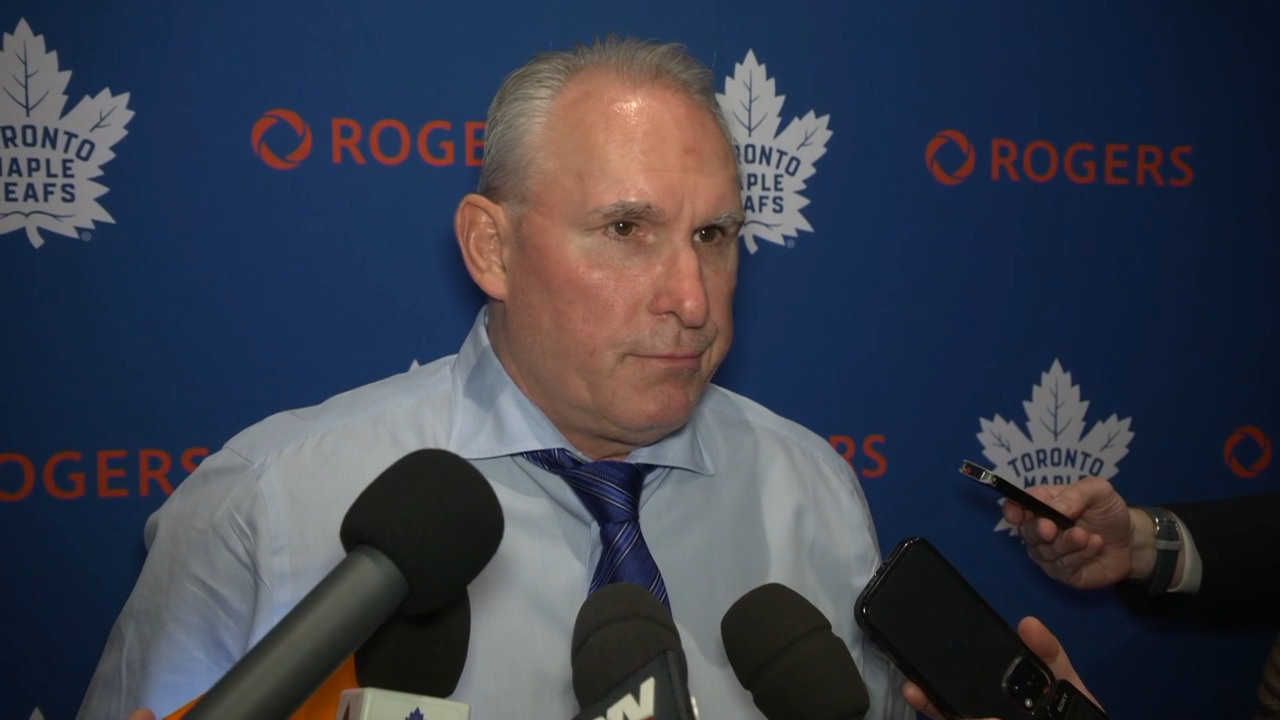
CARLSBAD, Calif. – Information, especially about the intentions of rival clubs, is always at a premium during baseball’s GM meetings, which is why some spotty cell-phone reception amid the picturesque rolling hills that surround the Omni La Costa Resort & Spa is problematic.
“I have to go outside to find a signal to make my calls,” said one team executive. “You have to be careful to make sure that no one is listening.”
James-Bond-esque espionage this is not, but plans are often guarded until the off-season’s machinations force their revelation and reactions to circumstance. The Toronto Blue Jays, for example, had all of October to map out their winter after narrowly missing out on the post-season, and have spent the week since the World Series’ end playing out their initial planning.
Since then, the Cincinnati Reds surrendered catcher Tucker Barnhart and starter Wade Miley to slash payroll, the Chicago White Sox hung a public for sale sign on Craig Kimbrel and the Oakland Athletics signalled that they’re going to do another of their periodic resets.
“We’re open to any conversation right now. We have to be,” said GM David Forst. “Knowing the cycle that we’ve gone through after three or four years of competing, I think we have to be open to whatever other teams are asking about.”
The Texas Rangers, in a big, big way, and Seattle Mariners are going in the other direction, so, amid the free agencies of Marcus Semien, Robbie Ray and Steven Matz, the latter of which seems to be moving toward a quick resolution, the ground is already shifting on the Blue Jays and others.
“I think that’s always the case to some extent,” said GM Ross Atkins. “There may be a team that shifts their focus or strategy from what you anticipated. Or there may be a relationship that shifts a certain player’s interest and destination. So you always learn, for sure, and you can only come up with your script with the information that you have. And as you get more, then your strategy adjusts.”
What we know of the Blue Jays’ script so far is this: They made a strong offer for Andrew Heaney, according to an industry source, before the left-hander agreed on an $8-million, one-year deal with the Los Angeles Dodgers, and discussed an extension with Matz.
An intriguing question is whether a yes from one would have cut them off to the other, and that would be especially instructive about their intentions for the rotation. They’ll have to backfill for Ray and Matz if neither returns, making two starters a clear need, but successful upside plays akin to the ones both lefties provided in 2021 are essential for them.
Atkins met with Matz’s representatives Tuesday and as Ben Nicholson-Smith wrote here, the lefty was expected to arrive in Carlsbad to meet with interested clubs.
As a more established commodity than Heaney, Matz will get more term and a bigger number in average annual value, but adding both wouldn’t have precluded the Blue Jays from trying to land an impact player, as well.
The guess here is that the ideal target for them in that regard is Corey Seager, a dynamic left-handed hitter who could slide over to another infield spot the way Marcus Semien did last year.
But that market isn’t likely to play out any time soon – few, if any, impact free agents are expected to sign before the imminent lockout once the CBA expires Dec. 1 – so it could be a long while before the direction of their suite of moves is fully known.
Should they land an impact position player, that will make the need for them to land a top-flight starter via trade all the more acute, and the Reds, Athletics and perhaps Miami Marlins all have some to offer.
Between big-league roster surplus in the outfield and at catcher, farm-system depth (chill, Gabriel Moreno isn’t going anywhere) and payroll room, they’ll, in Atkins’ words, “have opportunities to make our team better.”
• One thing to watch for with the Blue Jays is how they structure any longer-term contracts they dish out, especially in 2023. As things stand, their financial flexibility next off-season is something they’ll need to manage around, since right now they won’t have any major money coming off the books and will need to accommodate Bo Bichette’s first time through arbitration, Vladimir Guerrero Jr.’s second time through, Teoscar Hernadez’s final turn before free agency and a potential bump for Jose Berrios, should he be extended. The pressure eases after 2023 when roughly $36 million in guarantees to Hyun-Jin Ryu, Randal Grichuk and Lourdes Gurriel Jr., comes off the books, with whatever Hernandez earns also getting erased. All of which puts extra pressure on any multi-year deal they sign this winter, since they may not have as much room to manoeuvre next off-season.
• The Blue Jays are expected to get a payroll hike approved later this week by parent company Rogers Communications Inc. (which also owns this website). Their planning was largely unaffected during the fight for control of the company, which was settled Friday when B.C. Supreme Court Justice Shelley Fitzpatrick ruled chairman Edward Rogers had the authority to replace board members through a written resolution, and the company said it would not appeal. He’s also the Blue Jays chair and a prime internal advocate for the club, and though the court case created uncertainty, the team is such a tiny portion of the overall business it wasn’t likely to be impacted.
• A noteworthy addition to Rogers’ reconstituted corporate board is Jake Kerr, who is the owner and managing partner of Vancouver Professional Baseball LLP, which has owned the single-A Vancouver Canadians since 2005. He brings an element of familiarity and experience in the baseball industry that the board previously did not have.
• Baseball America released its latest Blue Jays prospect rankings Wednesday and unsurprisingly had Gabriel Moreno atop the top-10. The 21-year-old catcher is currently stomping through the Arizona Fall League, where his .973 OPS in 15 games earned him a spot in the Fall Stars Game. Aside from catching, he’s also gotten some regular work in at third base and recently made his first appearance of the fall there. Ross Atkins described the hot corner as “very realistic” for Moreno but the debate internally will be, “how much time do we give it relative to catching?” Moreno’s bat is obviously the key but he’s a talented defender who can handle home plate, so for the moment third base is more about creating positional flexibility and opening up more pathways to the majors, rather than seeking a better spot on the diamond for him. “It’s based on how much we believe in the bat,” said Atkins, “but not based on mitigating risk because of the upside of him doing it as a catcher is too high to just take that away.”






